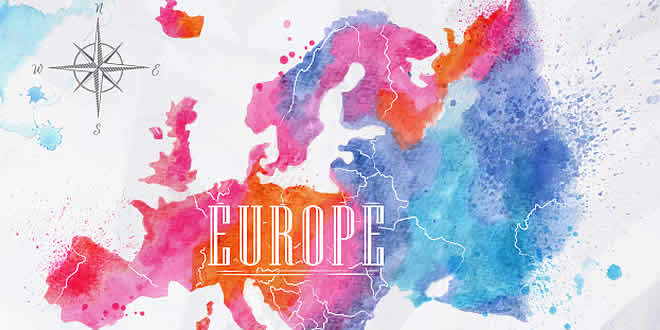Question: Who were Marianne and Germania? What was the importance of the way in which they were portrayed?
Answer: Female allegories were invented by artists in the nineteenth century to represent the nation. In France she was christened Marianne, a popular Christian name, which underlined the idea of a people’s nation. Her characteristics were drawn from those of Liberty and the Republic – the red cap, the tricolor, the cockade. Statues of Marianne were erected in public squares to remind the public of the national symbol of unity and to persuade them to identify with it. Marianne images were marked on coins and stamps.
Similarly, Germania became the allegory of the German nation. In visual representations, Germania wears a crown of oak leaves, as the German oak stands for heroism.
Question: Briefly trace the process of German unification.
Answer: Nationalist feelings were widespread among middle-class Germans, who in 1848 tried to unite the different regions of the German confederation into a nation-state governed by an elected parliament. This liberal initiative to nation-building was, however, repressed by the combined forces of the monarchy and the military, supported by the large landowners (called Junkers) of Prussia. From then on, Prussia took on the leadership of the movement for national unification. Its chief minister, Otto von Bismarck, was the architect of this process carried out with the help of the Prussian army and bureaucracy. Three wars over seven years – with Austria, Denmark and France – ended in Prussian victory and completed the process of unification. In January 1871, the Prussian king, William I, was proclaimed German Emperor in a ceremony held at Versailles.
Question: What changes did Napoleon introduce to make the administrative system more efficient in the territories ruled by him?
Answer: Within the wide swathe of territory that came under his control, Napoleon set about introducing many of the reforms that he had already introduced in France. Through a return to monarchy Napoleon had, no doubt, destroyed democracy in France, but in the administrative field he had incorporated revolutionary principles in order to make the whole system more rational and efficient. The Civil Code of 1804 – usually known as the Napoleonic Code – did away with all privileges based on birth, established equality before the law and secured the right to property. This Code was exported to the regions under French control. In the Dutch Republic, in Switzerland, in Italy and Germany, Napoleon simplified administrative divisions, abolished the feudal system and freed peasants from serfdom and manorial dues. In the towns too, guild restrictions were removed. Transport and communication systems were improved. Peasants, artisans, workers and new businessmen enjoyed a new-found freedom. Businessmen and small-scale producers of goods, in particular, began to realize that uniform laws, standardized weights and measures, and a common national currency would facilitate the movement and exchange of goods and capital from one region to another.
 Class Notes NCERT Solutions for CBSE Students
Class Notes NCERT Solutions for CBSE Students





